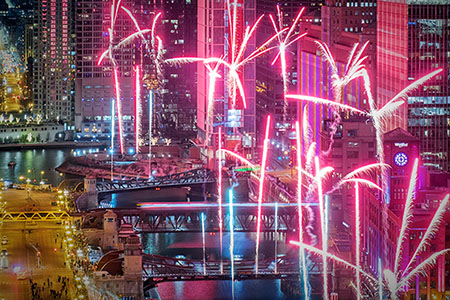Photo by Vashon Jordan Jr. Aug. 24, 2024 – The Chicago Loop has surpassed the downtowns of 53 other cities across the United States in a new report comparing metrics such as employment and residential growth. So much so, that the Chicago Loop Alliance says the study confirms that the Loop is “the most significant and vital of Chicago’s neighborhoods.” The report was created by the International Downtown Association, which compared 54 downtowns and city centers across the United States. Employment in the Loop, says the IDA, has increased 27 percent since 2000, three times as fast as the average established downtown nationwide. Thirty-four percent of all employed Chicagoans work in the Loop, according to the report, on land taking up less than 0.5 percent of the city. 419,311 Chicagoans create a worker density in the Loop 75 times greater than the citywide average. The number of people residing in the Loop, says the report, has grown more than three times as fast as in the other downtowns that were studied, and nearly twice as many housing units are owner-occupied. The residential population in the Loop is twice as dense as the average acre elsewhere in the city. The 36 percent of housing units in the Loop that are owner-occupied is much higher than the 19 percent median of the other downtowns. CLA says this suggests the Loop is “an unusually stable center city community.”
Edwards says the Loop is “rapidly evolving as a dynamic residential area” and leads in job creation, educational achievements, and diversity across sectors. The membership organization is tasked with creating and supporting programs that attract people and investment to the Loop, defined by boundaries of the Chicago River to the north and west, Lake Michigan to the east, and Harrison Street to the south. The Loop’s combined property assessment value of more than $7.6 billion was second only to downtown Seattle, which has a higher assessed value but an area three times larger than the Loop. • More info: The Value of U.S. Downtowns and Center Cities |














